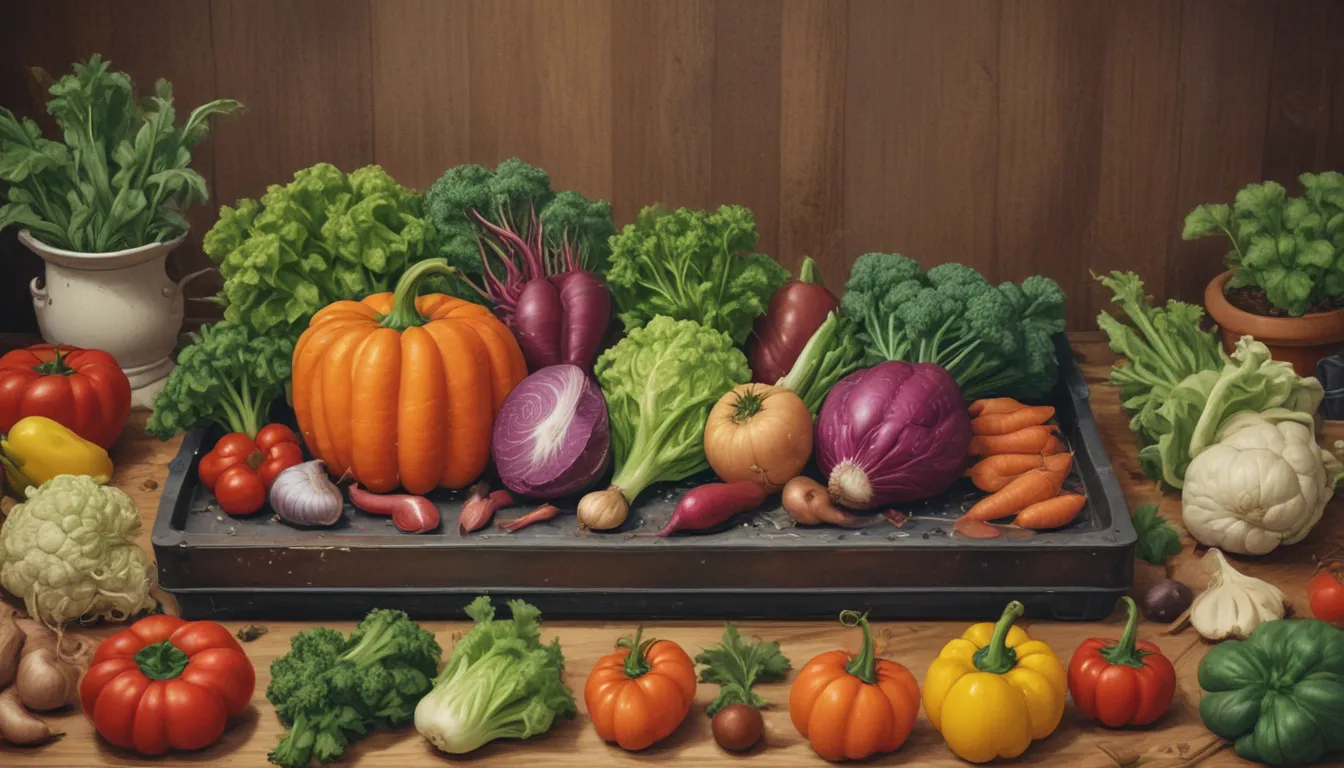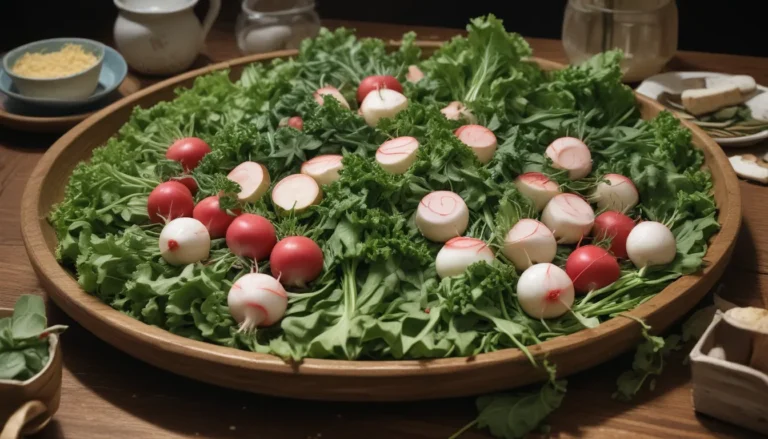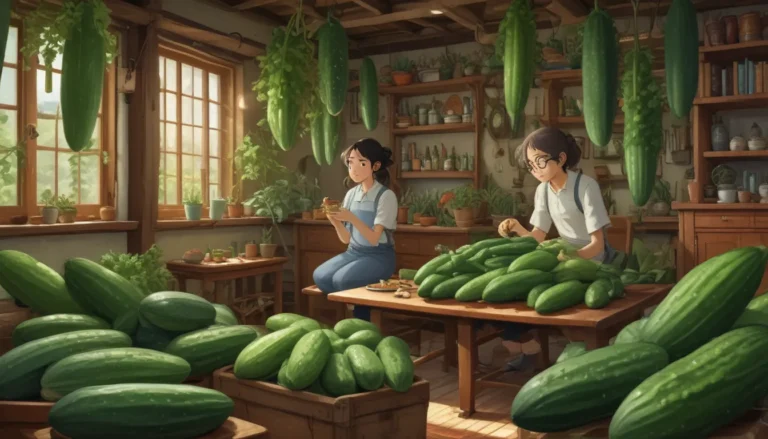Top Iron-Rich Vegetables to Grow in Your Garden

Are you looking to boost your iron intake? Well, Popeye was onto something when he preached about the benefits of spinach! Iron is a vital nutrient that plays a crucial role in our bodies. While meat and poultry are significant sources of iron, there are several iron-rich vegetables that you can easily grow at home.
In this article, we will explore the importance of iron, the different types of iron, and how it functions in the body. We will also delve into top vegetable sources of iron that you can cultivate in your garden. So, let’s get started!
The Importance of Iron
Iron is a mineral found in various foods that is essential for maintaining our overall health. While meat and poultry are primary dietary sources of iron, many vegetables also contain significant amounts of this nutrient. Unfortunately, some individuals, especially those on vegetarian or vegan diets, may not meet their daily iron requirements.
Iron deficiency anemia is a common condition where the body lacks sufficient red blood cells, responsible for carrying oxygen throughout the body. This condition can be diagnosed through a simple blood test and can often be treated through dietary adjustments or supplements. Cooking in a cast iron pan can also help boost your iron intake.
Heme vs. Non-Heme Iron
There are two main types of iron: heme and non-heme. Heme iron comes from animal-based sources like meat, poultry, and seafood, while non-heme iron is found in plant-based sources such as vegetables, grains, and seeds. Non-heme iron is less readily absorbed by the body, making it essential to pair it with vitamin C for better absorption.
How Iron Works in the Body
Iron is a crucial component of hemoglobin, a protein in the blood responsible for transporting oxygen from the lungs to the rest of the body. It is also part of myoglobin, a protein in the muscles that stores oxygen for cellular energy metabolism. This makes iron a vital nutrient, especially for athletes, as efficient oxygen transport and energy metabolism are crucial for optimal performance.
Aside from oxygen transport, iron also supports general growth and development, energy production, and wound healing. Ensuring an adequate intake of iron is essential for overall health and well-being.
Top Iron-Rich Vegetables
The recommended daily value of iron is 18 milligrams for healthy women aged 19 to 50 and 8 milligrams for men aged 19 and above and women over 50. Menstruation can lead to iron loss, necessitating a lower daily intake for post-menopausal women.
Including iron-rich vegetables in your diet can help you meet your daily iron requirements. Here are some top vegetable sources of iron that you can cultivate in your garden:
1. Broccoli
- One cup of cooked broccoli provides 1.1 milligrams of iron.
- Broccoli is versatile and can be added to various dishes for a nutrient boost.
- Consider growing ‘Montebello’ broccoli, a hybrid variety with tender stems.
2. Peas
- One cup of peas provides 2.4 milligrams of iron.
- Peas can be consumed fresh, frozen, or canned.
- ‘Alaska’ peas are a classic shelling pea variety perfect for fresh consumption or preservation.
3. Collard Greens
- One cup of cooked collard greens offers 1.5 milligrams of iron.
- Collard greens are a staple in Southern cooking and can be cooked with ham hock or bacon for added flavor.
- Consider growing ‘Vates’ collard greens, an heirloom variety with dark green leaves.
4. Sweet Potato
- One medium baked sweet potato with the skin provides 1.5 milligrams of iron.
- Sweet potatoes are nutrient-dense and easy to grow from store-bought tubers.
- Try ‘Centennial’ sweet potatoes, an early-maturing variety ready for harvest in 90-100 days.
5. Spinach
- One cup of cooked fresh spinach offers 6 milligrams of iron.
- Spinach is easy to grow and provides multiple harvests throughout the growing season.
- Consider ‘Perseus Hybrid’ spinach, a disease-resistant variety maturing in 35-40 days.
6. Swiss Chard
- One cup of cooked Swiss chard provides 3.9 milligrams of iron.
- Swiss chard is easy to grow and comes in various colorful varieties.
- Try ‘Pink Lipstick’ Swiss chard, an heirloom cultivar with antioxidant-rich pink stems.
Conclusion
Iron is a vital nutrient for maintaining a healthy and strong body. While animal-based sources remain excellent options, you can easily boost your iron intake with iron-rich vegetables grown in your own garden. What’s your favorite iron-rich vegetable to grow? Share your thoughts in the comments below!
If you’re interested in learning more about plant-based nutrient sources, check out our other articles on B vitamins, plant-based protein sources, and the benefits of eating purple fruits and vegetables.
Remember, always consult with a medical professional before making any significant changes to your diet.
Now, go ahead and plant those iron-rich vegetables in your garden for a healthy and nutritious harvest! Happy gardening!





